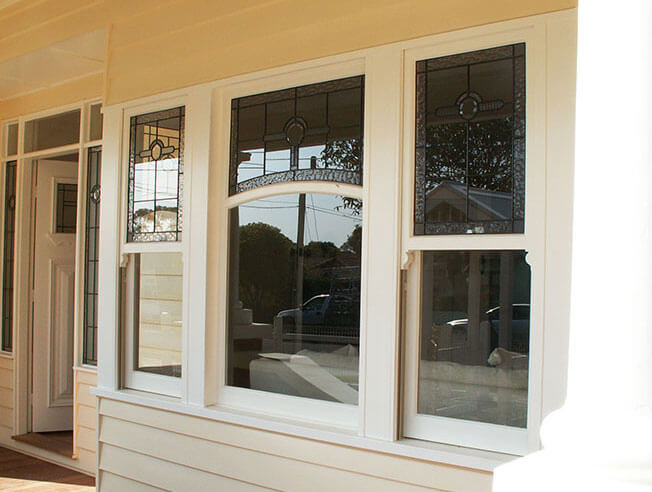All Categories
Featured
Table of Contents
Double Glazing - Windows - Doors in Nedlands Western Australia
Glazing merely means the windows in your house, including both openable and fixed windows, as well as doors with glass and skylights. Glazing really simply suggests the glass part, however it is generally utilized to refer to all elements of an assembly consisting of glass, films, frames and furnishings. Taking notice of all of these aspects will assist you to accomplish efficient passive style.

Energy-efficient glazing makes your house more comfy and significantly reduces your energy costs. Nevertheless, inappropriate or improperly designed glazing can be a significant source of undesirable heat gain in summer season and significant heat loss and condensation in winter. As much as 87% of a house's heating energy can be gained and as much as 40% lost through windows.
Lifestyle - West Coast Double Glazing in Lathlain Western Australia
Glazing is a considerable investment in the quality of your home. The expense of glazing and the cost of heating and cooling your house are closely related. A preliminary financial investment in energy-efficient windows, skylights and doors can significantly lower your annual cooling and heating bill. Energy-efficient glazing also lowers the peak heating and cooling load, which can reduce the required size of an air-conditioning system by 30%, leading to more cost savings.

This tool compares window selections to a base level aluminium window with 3mm clear glass. Comprehending a few of the essential properties of glass will help you to select the best glazing for your home. Secret properties of glass Source: Adjusted from the Australian Window Association The quantity of light that goes through the glazing is understood as noticeable light transmittance (VLT) or noticeable transmittance (VT).
Single Vs Double Vs Triple - Which Window Is Right For Your ... in Maylands Perth
The U worth for windows (expressed as Uw), explains the conduction of the whole window (glass and frame together). The lower the U value, the greater a window's resistance to heat flow and the much better its insulating value.
If your home has 70m2 of glazing with aluminium frames and clear glass with a U worth of 6. 2W/m2 C, on a winter's night when it is 15C colder outside compared to inside your home, the heat loss through the windows would be: 6. 2 15 70 = 6510W That is equivalent to the total heat output of a large room gas heating unit or a 6.
Double Glazing in Wanneroo WA

If you choose a window with half the U value (3. 1W/m2 C) (for instance, double glazing with an argon-filled gap and less-conductive frames), you can cut in half the heat loss: 3. 1 15 70 = 3255W The solar heat gain coefficient (SHGC) for windows (expressed as SHGCw) determines how readily heat from direct sunshine streams through a whole window (glass and frame together).
The lower a window's SHGC, the less solar heat it sends to the house interior. The real SHGC for windows is impacted by the angle that solar radiation strikes the glass.
Twinglaze® Double Glaze Specification Act - Vic in Lesmurdie Perth
When the sun is perpendicular (at 90) to the glass, it has an angle of occurrence of 0 and the window will experience the optimum possible solar heat gain. The SHGC stated by glazing producers is constantly computed as having a 0 angle of occurrence. As the angle increases, more solar radiation is reflected, and less is sent.
Table of Contents
Latest Posts
Does Double Glazing Keep Heat Out in South Fremantle Perth
Which Double Glazed Windows Are Best For Summer? in Kalamunda WA
Why Install Stunning Double Glazing Windows During Summer? in Hamilton Hill Perth
More
Latest Posts
Does Double Glazing Keep Heat Out in South Fremantle Perth
Which Double Glazed Windows Are Best For Summer? in Kalamunda WA
Why Install Stunning Double Glazing Windows During Summer? in Hamilton Hill Perth